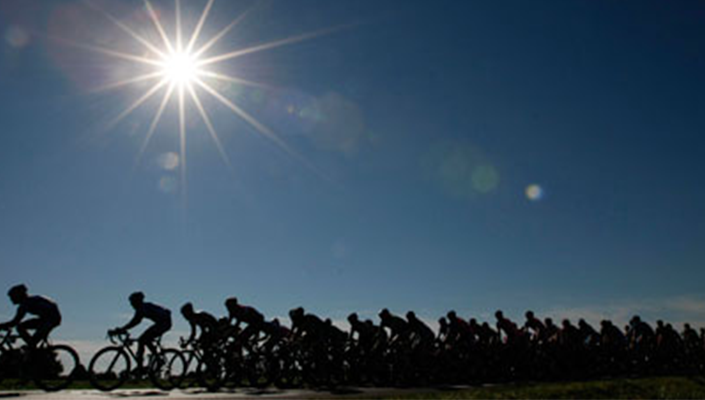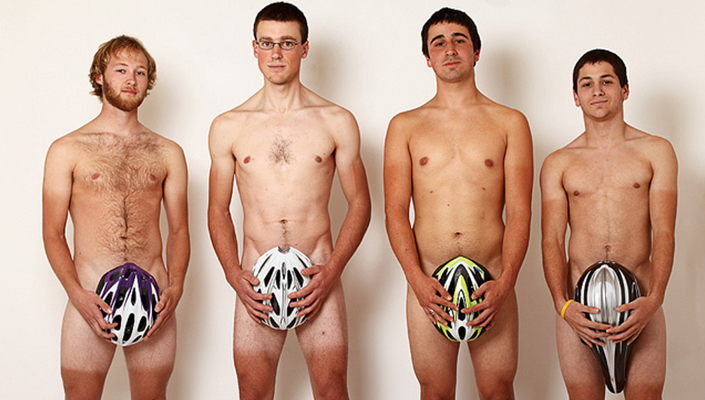Ah yes, summer is here. Or for those of us on the other side of the world; summer is coming soon! Either way, it's time to refresh that cycling kit in time for the warmer season.
When it comes to seasonal cycling clothing, summer is the easiest season of all - you wear as little as possible and attempt to not get sunburnt. But then you do get burnt, and have to live with ridiculous tan lines on the beach. It's a tough gig, but someone has to do it, right?
What to wear
Coming out of spring, you may still encounter some chilly summer mornings. It's important to have the right selection of clothing, especially if you're relatively new to cycling. From head to toe, here is a list of items you should have with you on any summer's day ride:
Helmets
We can't stress enough the importance of a good cycling helmet. Regardless of your take on helmet laws, a comfortable helmet is just as important as deciding to wear one at all. Make sure your helmet fits you in the middle of its total adjustment range. This means you'll be able to make the helmet bigger in winter to fit a skull cap or hat underneath it. If you ride on the road don't worry about a helmet peak / visor. If you ride off-road, a peak is still questionable. They serve no purpose, and definitely do not stop the sun from shining in your eyes, but most of all they are just sooo uncool!
Sunglasses

Equally useful for sunny days as they are for protecting your eyes from rocks, debris and insects. A quality pair of sunglasses will make your ride far more pleasant, especially if they are cycling-specific sunglasses. Specific sunnies are safer when riding as the lenses are shatter proof; in the event of an accident your glasses won't break. Another point in favor of cycling-specific glasses is that they fit well within your helmet straps, do not slide forward on your face, and also act as a windshield to prevent your eyes from drying out.
Undershirt
Some riders don't enjoy wearing them but a vest or cycling undershirt is a good idea when it comes to regulating body temperature. Sports-specific garments usually have no sleeves and are designed to absorb body moisture and wick it away from your skin. This process keeps you dry and cool. Some garments are designed to retain moisture in certain areas of the chest, to assist in cooling during summer. Check out what your local store has and see what suits you best.
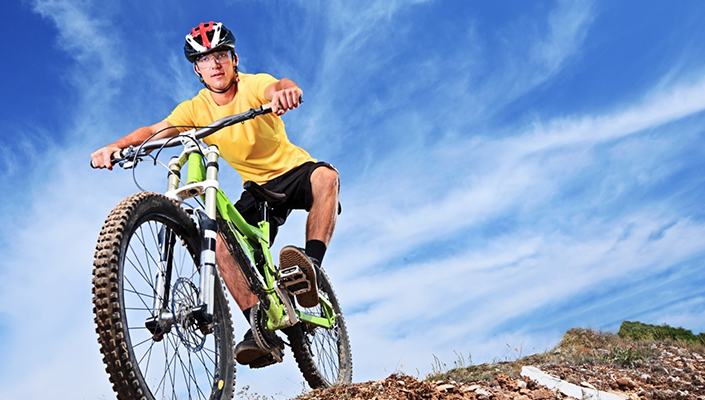
Cycling Top / Jersey
The age of wearing your favorite pro kit is drawing to a close with more cyclists opting for 'professionally plain' clothing. Cycling tops / jerseys come in a variety of designs and are gender specific. No matter the color or design, make sure it is a snug fit. A loose top flapping in the wind will drive you crazy. And as for the pro kit... take one for the team. Wear it! It's even cooler if the team doesn't exist anymore, showing you're a REAL cyclist from way back when.
RELATED: Pitfalls when kitting out the family
Cycling Knicks / Shorts
A pair of cycling knicks / shorts will keep you chafe-free for many miles. Try wearing a pair of bib shorts, as they tend to be more comfortable and of higher quality. They also cover your rear end properly, unlike those waist high ones you already wear – much to the dismay of the guy behind you. Consider buying chamois cream as this reduces the friction between your skin and the knicks. Oh and lastly, NO underwear when wearing knicks. Honestly!
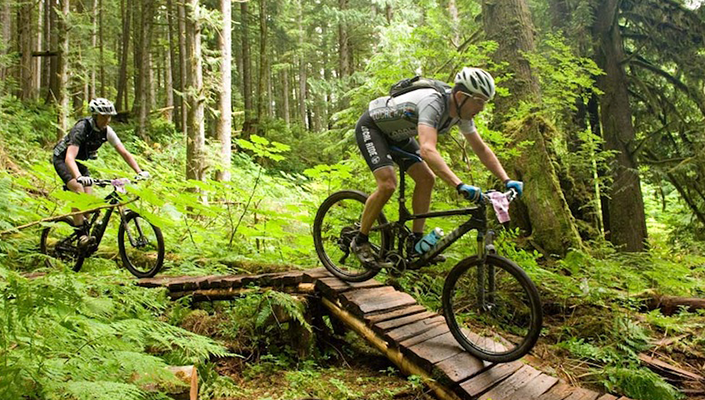
Cycling Socks
A good pair of cycling socks makes a world of difference. Usually between 3-5 inches in height, these socks are made from a wicking material to remove moisture from your feet, which is essential when the weather warms up. Avoid 100% cotton – once it gets wet it won't dry. Good cycling socks are also are quite elastic, unlike normal sports socks. The reason behind the added sock length is to assist in keeping your achilles tendons warmer. Those familiar with tendonitis will attest to these benefits. If you do suffer from tendon issues, the repetitive 'short stroke' movement of cycling in your tendons will cause some aggravation. Apply a heating cream to your tendons, and then put your socks on... Problem solved (although some health experts would dispute this, as heat can promote inflammation).
Cycling Gloves
Cycling gloves are your best friend and should be worn on every ride. Not only do gloves protect your hands during a fall, but the padding makes them extra comfortable. Material or gel padding prevents excess pressure from accumulating on the nerve pathways in your hands which can cause numbness and long-term damage. Gloves also often have a section of toweling around the thumb area great for wiping away sweat or snot (or both!). Cycling gloves come in the form of full-finger gloves (for mountain bike riding) or fingerless gloves (for road riding).

Cycling Shoes
You won't go far without these - ensure your cycling shoes (specific to your cycling discipline) are comfortable and well fitted. Brands are irrelevant, however , you may well find that one brand does fit YOUR feet particularly well. Shop around until you find something comfortable, and preferably with two velcro straps and one ratchet strap system. Your local bike shop is the place to start; they'll have several brands and sizes and can give you more advice on getting just the right fit.
A few extras
A few other items to carry, or at least have available, are:
- A pair of arm warmers, easily removed once you warm up.
- A gilet, or sleeveless external vest. Again, easy to remove and fit into your rear pocket.
- Beer money. Duh!
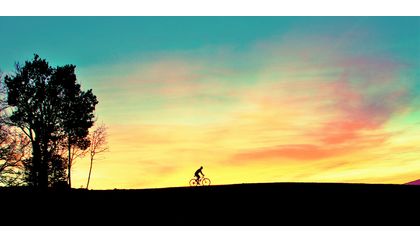
RELATED ARTICLE:
Summer Bikes and Gear Guide
Injured while cycling? Use these tips to keep fit or come back better than before... READ MORE
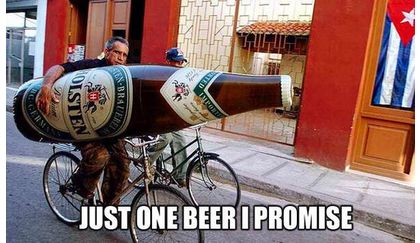
RELATED ARTICLE:
Bicycling Beers and Brewers
Bikes and beers are a common combo, so we've put together a 12-pack of bike-themed beers to quench your thirst... READ MORE
